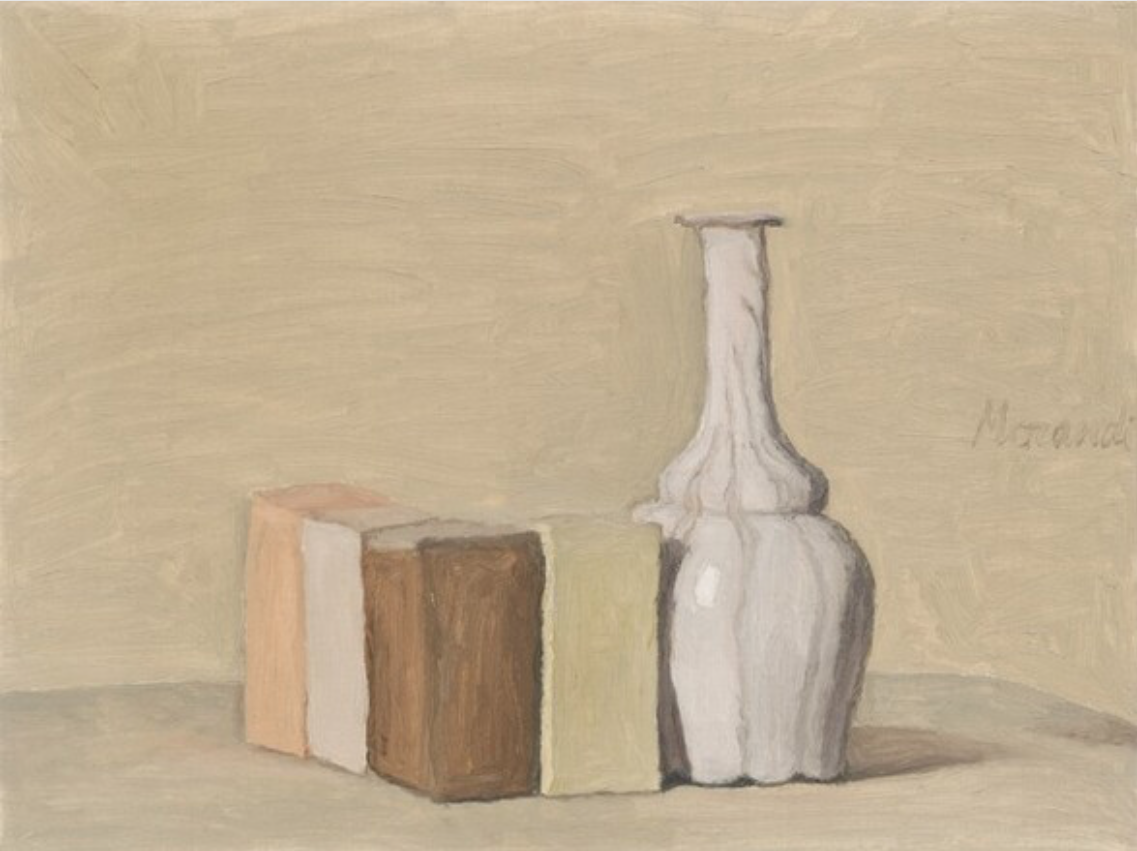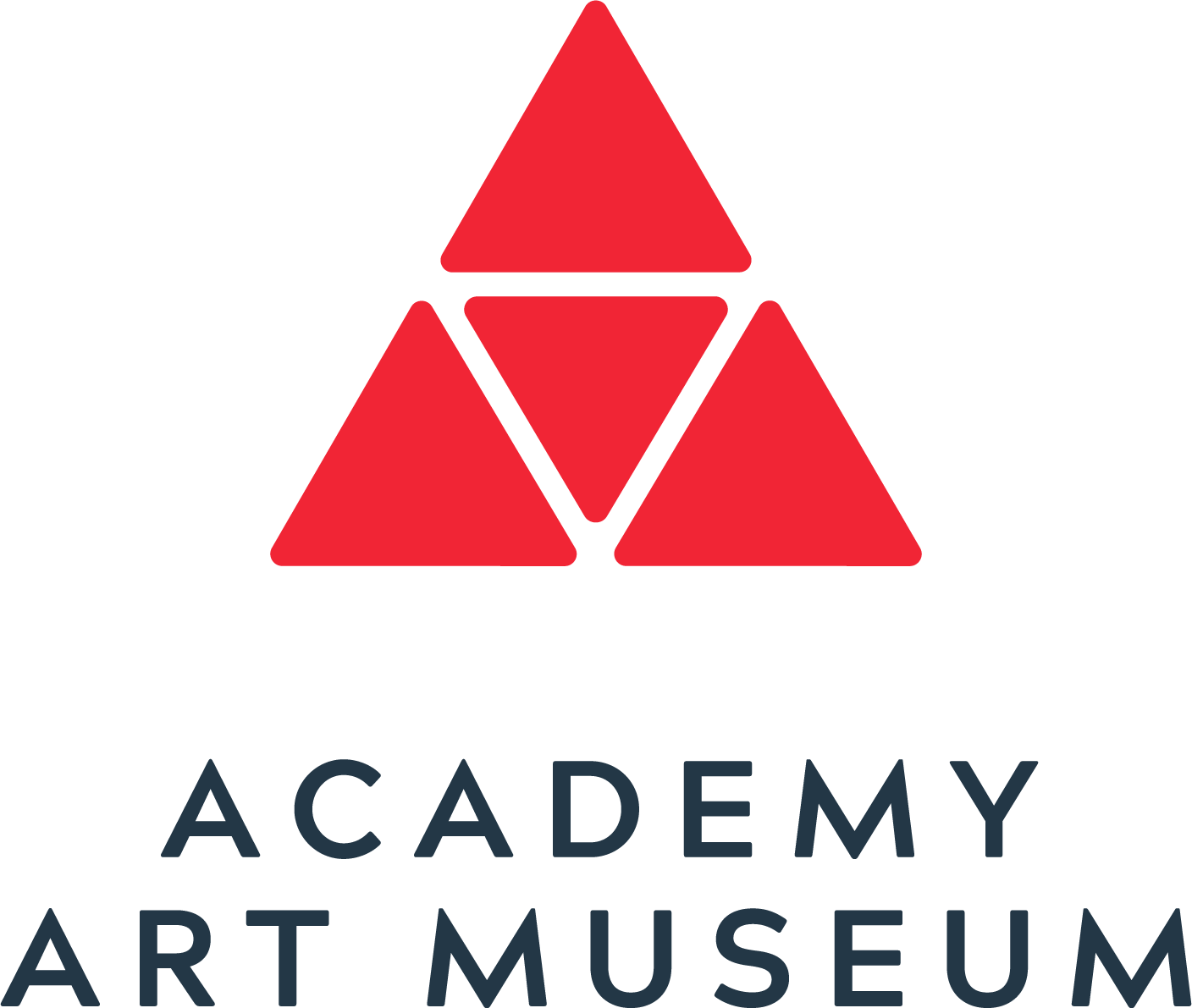
This exhibition charts the myriad ways in which three prolific European artists used space and perspective as gateways to modern abstraction in the 20th century. Building on—and later breaking canonical rules of—perspective, spatial composition, and ratio, Jacques Villon (French, 1875 – 1963), Giorgio Morandi (Italian, 1890 – 1964), and Pablo Picasso (Spanish, 1881 – 1973), created works that evoked spirituality and emotion and slowly frayed the knot between reality and artistic representation. The resulting depictions of figures and still lifes helped define these artists as pioneers of a trailblazing aesthetic and inspired new frontiers in art, from Modernism and Cubism to Expressionism.
Morandi, Picasso, and Villon were all strongly influenced by Paul Cézanne and his disruption of the formal structures of his subjects. In many of the works in this exhibition, the artists freely flatten, distort, and elongate their subjects, which cements what at the time was a new aesthetic that reflected and defied the sociopolitical climate in Europe and the artists’ and their subjects’ psyches. Picasso’s early etching Le Repas Frugal (1904) constricts interior space to generate a mood of despondence and austerity, while Morandi’s untitled still lifes throughout his career conjure a quiet and contemplative intensity out of ordinary vessels, such as cups and vases, which are depicted with soft edges and in a subdued palette. Villon’s Cubist portraits marry multiple perspectives into the same spatial plane, therefore fundamentally disrupting it. Cumulatively, the works in this exhibition demonstrate how reality, artistic experimentation, and imagination intertwine in these artists’ reckoning with space as their works radically alter the artmaking trajectory of their time.
AAM is grateful to the Cincinnati Art Museum, National Gallery of Art, Virginia Museum of Fine Arts, the Christian Keesee Collection, and Conrad Graeber Fine Art for their generous loans of artwork.

